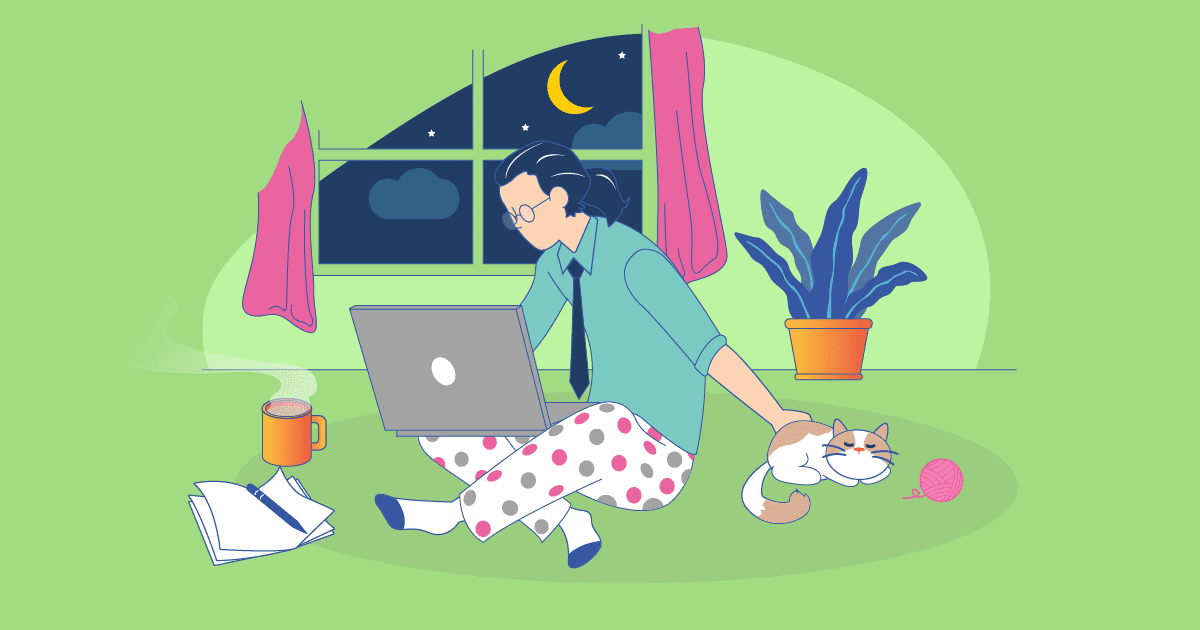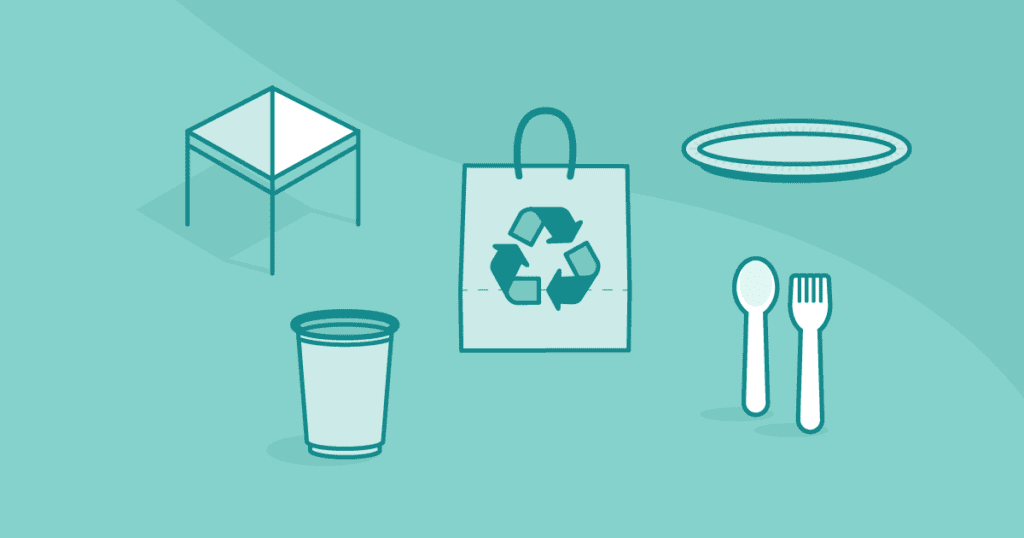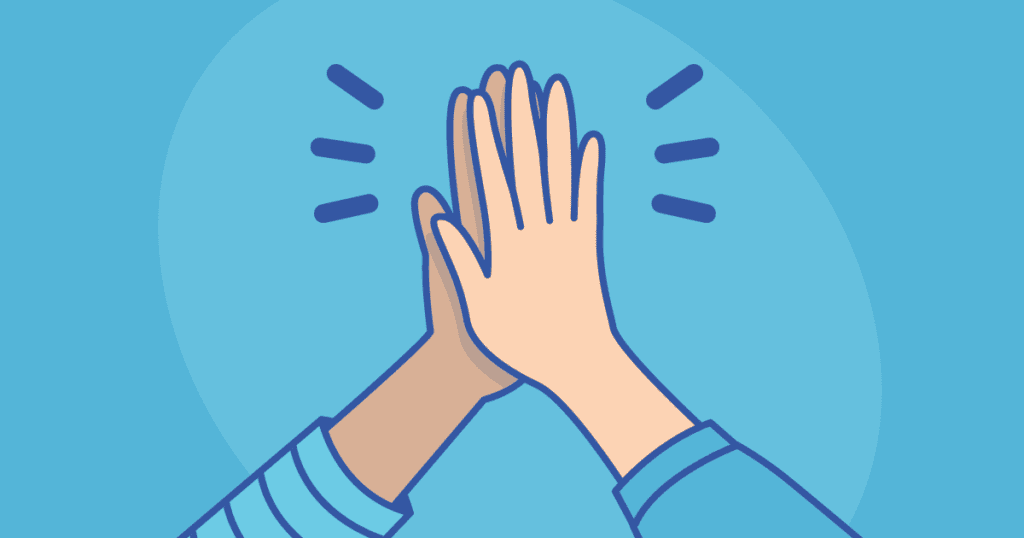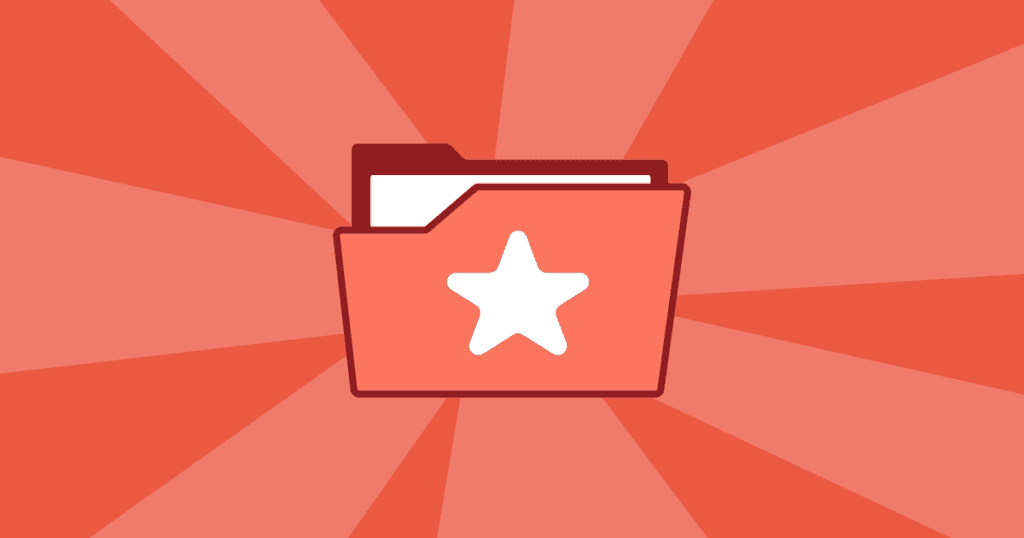These last couple of years haven’t been very zen, to say the least. The shift to hybrid and in-person work this year will be full of new challenges, guaranteed.
But 2022 is also a chance to rebuild our offices around things we’ve learned that make work more relaxing and maybe even easier. We’re talking afternoon walks, mornings without meetings, less Zoom, and anything that helps you do your best work each day. So to help get you started, here are our top 5 ways to keep the zen in all your work and WFH environments.

Focus on what actually needs to get done.
In the Harvard Business Review, Microsoft’s head of people analytics, Dawn Klinghoffer, mentioned one key to happiness in a hybrid world: for workers and managers to not feel overloaded. That’s step one to feeling the zen in your work atmosphere.
According to Klinghoffer, “Prioritization is how we create stability even in the face of chaos. It is the fundamental platform of work-life balance because it empowers your team to take control, to speak up, to say “no” to things that aren’t mission-critical.”
With more people at home or on-call at all times, there can be an urge to do more work than usual. This seems OK at first, but then people get burned out, and even less gets done. So it’s best to have a sustainable plan where only the most important things get done each day.
This is also a good model for organizers. Try to create event schedules with only top-priority sessions. Organize them so people can attend without cutting into their work-life balance.

Take that break!
No one can work forever, focus on a Zoom call forever, or do anything that requires the brain to think or make decisions forever. At some point, we all need a break… aka, some zen at work.
Klinghoffer says, “Microsoft’s brain research shows that meetings with just a five- to 10-minute buffer between them not only reduce stress levels for your employees but also enable better focus and engagement.”
We’ve noticed this as well, and we would also add that it’s good to plan a break-even when not meeting. Have it on your schedule as a to-do item. Then it’s something you can work towards and decide in advance how you will make the most of it.
Breaks can be short or long, in the morning or afternoon, outdoors or indoors, with coffee or herbal tea. The point is that you’ve got options, and no one break style is better than another.
We’re also a big fan of breaks at events. You want attendees to feel fresh every time they walk into the conference hall or log onto your platform. Build-in some time to think or snack or zone out. All are perfect ways to break!

Zoom only when necessary.
At this point, we are all experts on how many Zoom calls we can physically take before our eyes get blurry and we lose any sense of zen we had going on in our workday. We even wrote an article about how to beat that Zoom fatigue. However, there are other important reasons to limit our time on the service.
When we Zoom, we’re not really fully focused on real work – the kind of work we create, pitch, or submit to clients. All that physical work we are trying to complete, and often the product that we sell, it just doesn’t really happen on Zoom.
Obviously, collaboration is important, but many people also need a solid chunk of time to complete everything discussed in the meetings.
Better timing with Zoom and meetings, in general, can also lead to more happiness. Especially in the WFH environments. For example, consider switching Monday meetings to Monday-focused workdays. This way, employees won’t stress about the upcoming week over the weekend because they know they have Monday to prep.
We also recommend saving Zoom for only the most crucial moments, such as important introductions, pitching clients, or focused brainstorms. All those Zooms for daily business or random spitballing could probably be an email. But Zoom calls with pets are still OK by us! 🐕

Try going distraction-free.
There was a time when our notebooks and word-processors couldn’t also video chat, shop, or do anything that breaks our focus. Devices like ReMarkable and Freewrite are trying to take us back to that time.
ReMarkable is a paper-like tablet that lets you write on docs, take notes, and save it all to the cloud. Freewrite works similarly, but it uses an old typewriter layout that we would be interesting to lug around. But both are designed to help you write or work without distraction.
At both the home and the office, the pull of emails, messages, texts, and everything else on the internet can pull us out of our groove. All this leads to procrastination, then stress, then more procrastination. It’s a vicious cycle.
There is also something freeing about writing by hand. It can help shut out the noise as we refine our ideas. And with these new devices, it’s all saved to the cloud when you are done.
Or just grab a pen and paper. It still works just as well, we promise!

Do what you are good at!
A recent Time magazine article on returning to hybrid work made the excellent point that one of the best ways to limit stress in your work environment is to do what works for you.
Anne Helen Petersen, co-author of the upcoming book Out of Office: The Big Problem and Bigger Promise of Working From Home, writes, “Flexible work means the opportunity to craft your workday (at least in some form!) around what works best for you.”
We’d venture to guess that almost everyone working remotely had some kind of “ah-ha” moment about what really works for them. Maybe you get everything done first thing in the morning, maybe you’re more productive after a walk, or maybe you find your groove in the evening. Whatever it is, you know “you”.
As we get back to the office life or the hybrid life, try to make your schedule a reflection of how you can get the most done. Obviously, you can’t control everything, but setting yourself up for success will go a long way to happiness in and out of the office.
Zen may be closer than you think.
Everything we’ve learned from Zoom, remote work (WFH), and even ourselves can form a foundation for a better and more relaxing work life.
It all starts with keeping things sustainable. That means trying not to get overloaded with projects or skipping a break if you need it. Zoom should be reserved for when it will have the most impact. And 2022 is all about “doing you”! Do what works for you and makes you most productive. That’s where the true zen is!
If you looking for more tips on how to keep the zen not only at work but at your next virtual event, check out these 6 steps for less stress when planning your next virtual event.



